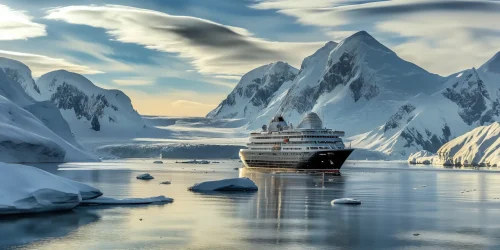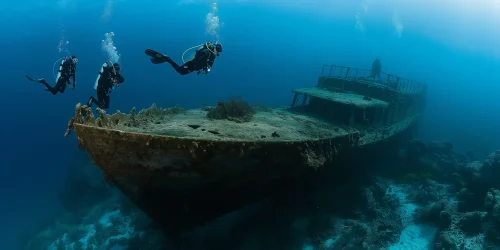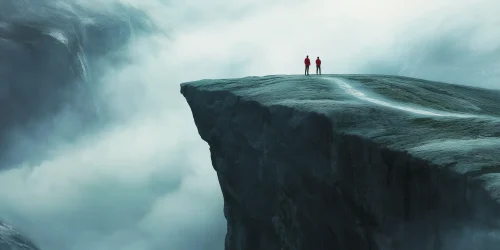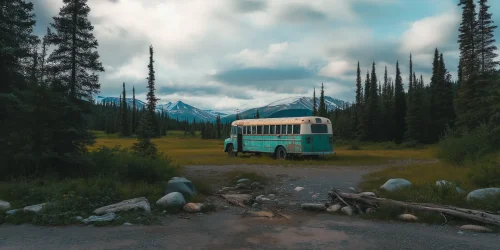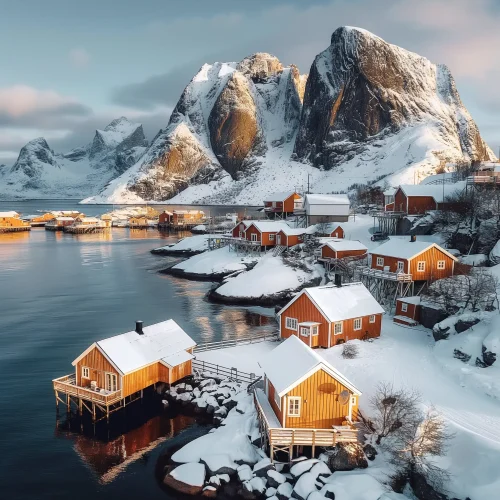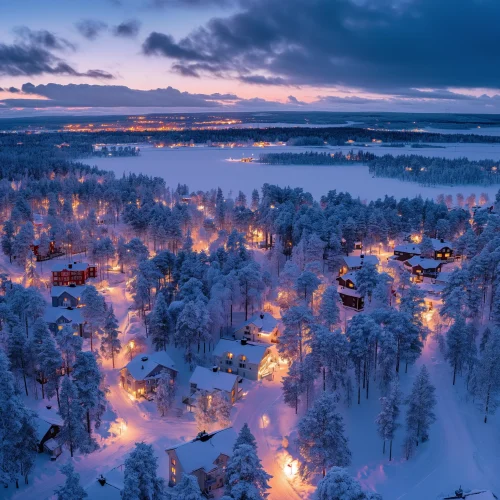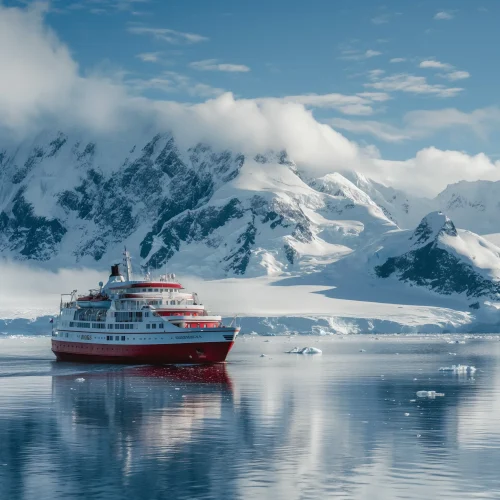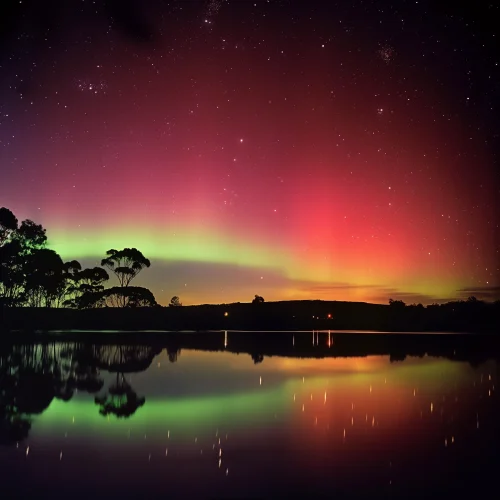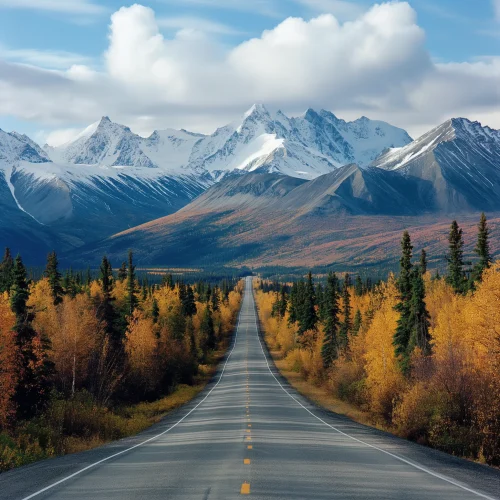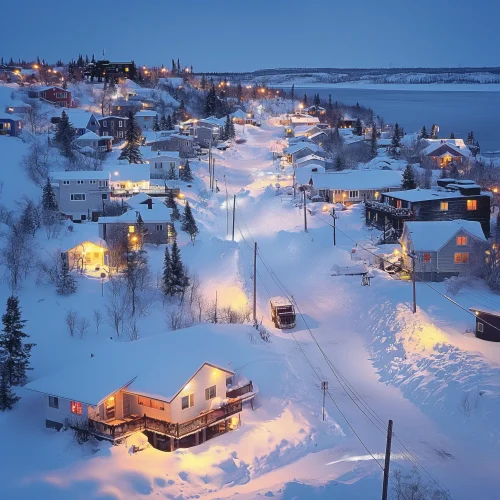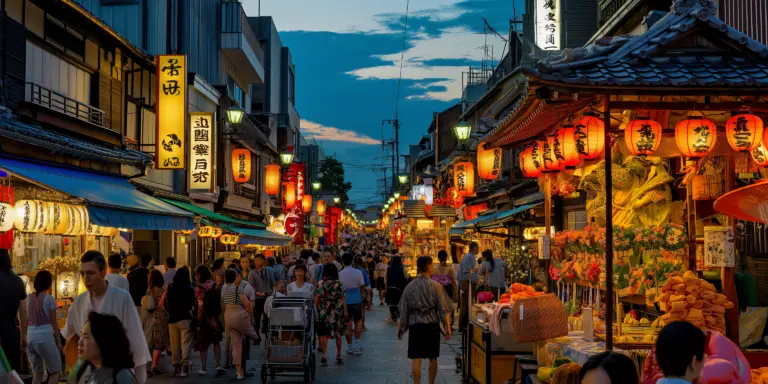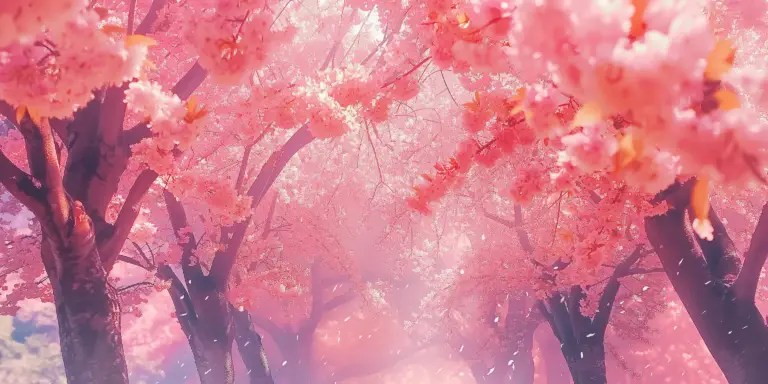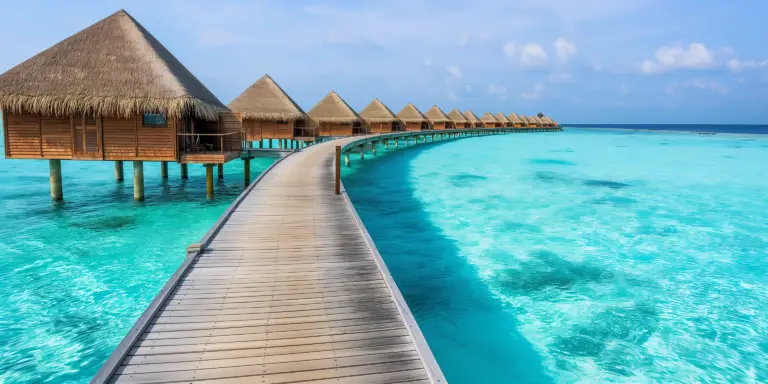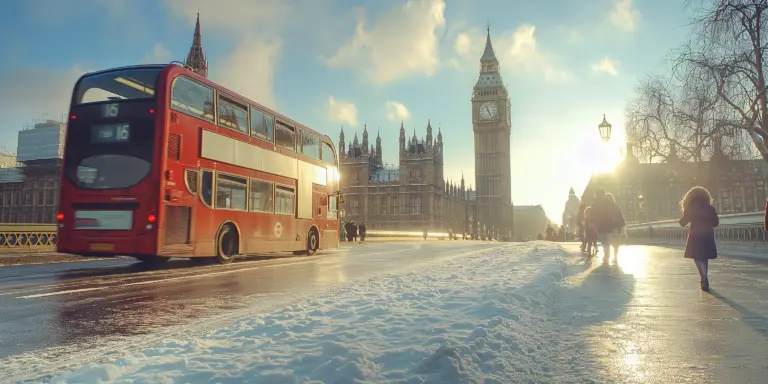The Aurora Borealis, commonly known as the Northern Lights, is one of the most magical natural phenomena one can witness. It occurs when electrically charged particles from the sun collide with gases like oxygen and nitrogen in Earth’s atmosphere, creating a dazzling display of light in the sky. This celestial dance can paint the night with curtains of green, pink, violet, blue, and sometimes even red or yellow.
The lights are best observed in the polar regions, within the Arctic and Antarctic circles. The ideal locations for viewing the Aurora Borealis include Norway, Sweden, Finland, Iceland, and the northern parts of Canada and Alaska. The phenomenon is more prevalent during the winter months due to longer nights and increased solar activity.
Viewing the Northern Lights isn’t just a visual treat; it’s a bucket-list experience that combines the beauty of the stark landscapes under the ethereal glow of the aurora. The lights can appear as a gentle glow or as a dramatic, fast-moving show, depending on the intensity of the geomagnetic storm causing them.
For those planning to chase the lights, it’s wise to monitor aurora forecasts, seek spots away from city lights, and dress warmly. Many opt to join guided tours which increase the chances of seeing the aurora and provide insights into the best local spots and timings.
Experiencing the Aurora Borealis is like watching the Earth put on a show of its own—a reminder of our planet’s incredible, dynamic nature.
